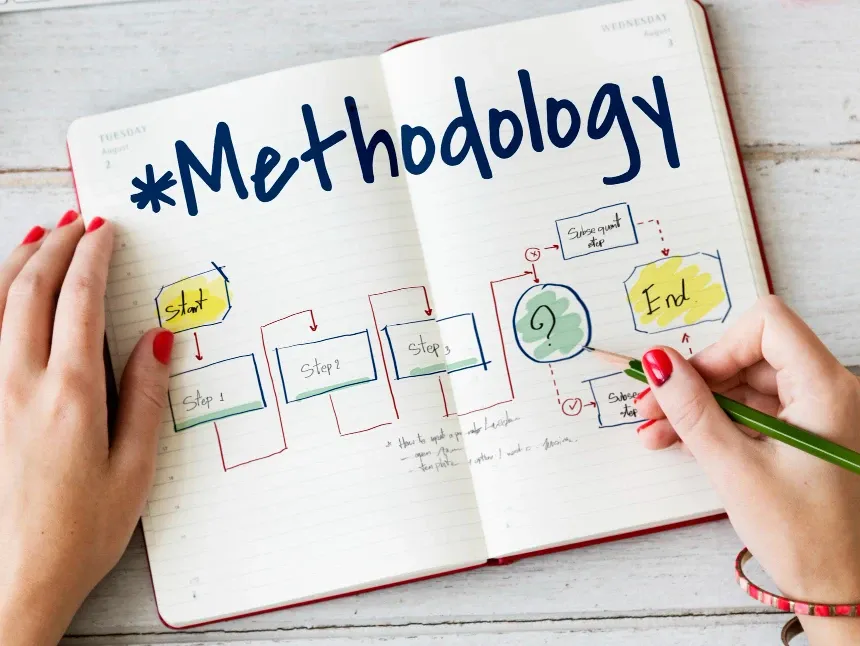Comprehensive Guide to Storytelling Frameworks for Small Businesses
Storytelling frameworks provide structure to your narrative, making it easier for your audience to follow, remember, and connect with your message.

Picture this: You're at a networking event, armed with business cards and a rehearsed elevator pitch. As you scan the room, you notice two types of people: those rattling off facts and figures like human spreadsheets, and those captivating small crowds with engaging stories. Which group do you want to be in?
Welcome to the world of storytelling frameworks, where your business narrative can transform from a snoozefest into a blockbuster hit. It's time to turn your elevator pitch into a rocket ship ride that leaves your audience starry-eyed and reaching for their wallets.
The Power of Storytelling Frameworks
Storytelling frameworks provide structure to your narrative, making it easier for your audience to follow, remember, and connect with your message. They help you organise your thoughts and present your information in a compelling, coherent manner.
Key Storytelling Frameworks for Small Businesses
1. The Hero's Journey
Popularised by Joseph Campbell, this framework taps into universal themes of transformation.
Elements:
- Ordinary World
- Call to Adventure
- Refusal of the Call
- Meeting the Mentor
- Crossing the Threshold
- Tests, Allies, Enemies
- Approach to the Inmost Cave
- Ordeal
- Reward
- The Road Back
- Resurrection
- Return with Elixir
Application: Position your customer as the hero and your brand as the mentor or guide.
Example: A fitness studio could use this framework to tell the story of a client's transformation, from their initial hesitation to join, through their challenges and triumphs, to becoming a healthier, more confident individual.
2. The Before-After-Bridge (BAB) Framework
This simple yet effective framework showcases the transformation your product or service enables.
Elements:
- Before: The problem or current state.
- After: The ideal outcome.
- Bridge: How your product/service gets them there.
Application: Use this framework in advertisements, landing pages, or email campaigns.
Example: A time-management app could show the chaos of disorganisation (Before), the peace of a well-managed schedule (After), and how their app's features make this transformation possible (Bridge).
3. The Problem-Agitate-Solve (PAS) Framework
This framework focuses on the customer's pain points and your solution.
Elements:
- Problem: Identify the issue
- Agitate: Emphasise the negative effects of the problem
- Solve: Present your solution
Application: Effective for sales pages, pitch presentations, or problem-focused content marketing.
Example: A cybersecurity firm could highlight the rising threat of data breaches (Problem), detail the potential financial and reputational damage (Agitate), then introduce their comprehensive security solution (Solve).
Implementing Storytelling Frameworks in Your Small Business
- Choose the Right Framework: Select a framework that aligns with your message and audience.
- Gather Your Story Elements: Collect customer testimonials, data, and personal anecdotes to populate your chosen framework.
- Craft Your Narrative: Use vivid language and concrete details to bring your story to life.
- Tailor to Your Medium: Adapt your story for different platforms (e.g., social media, website, presentations).
- Practice and Refine: Test your story with a small audience and refine based on feedback.
Measuring the Impact of Your Storytelling
To gauge the effectiveness of your framework-based storytelling, monitor these metrics:
- Engagement Rates: Are people interacting more with your story-driven content?
- Conversion Rates: Do stories lead to more desired actions (sales, sign-ups, etc.)?
- Brand Recall: In surveys, can customers accurately describe your key messages?
- Emotional Response: Monitor comments and feedback for emotional reactions to your stories.
Remember, every business has a story. By mastering these storytelling frameworks, you can craft compelling narratives that resonate with your audience, differentiate you from competitors, and drive meaningful engagement.
Your brand's next chapter awaits – it's time to tell a story that doesn't just sell products, but creates lasting connections and drives your business forward.




